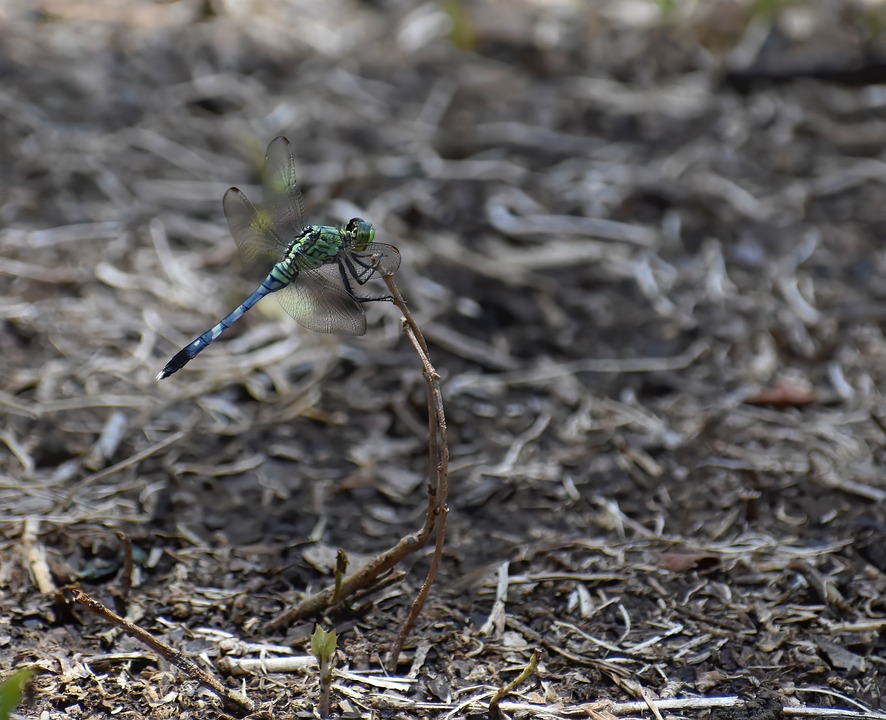In our modern world, the detrimental impact of plastic pollution on our oceans has become an undeniable reality. Every year, millions of tons of plastic waste find their way into the world’s oceans, wreaking havoc on marine life, ecosystems, and human health. The rise of single-use plastics has exacerbated this problem, leading to widespread environmental degradation and endangering the delicate balance of our marine ecosystems. As concerned global citizens, it is imperative that we take action to address this pressing issue and protect our oceans for future generations.
The Historical Context of Plastic Pollution
The origins of plastic pollution can be traced back to the mid-20th century, when the mass production of plastics revolutionized various industries, leading to a surge in plastic consumption worldwide. The convenience and affordability of single-use plastics such as bags, bottles, and straws have made them ubiquitous in our daily lives. However, the exponential increase in plastic production has outpaced our ability to manage and dispose of these materials responsibly, resulting in widespread pollution of our oceans and waterways.
The Current State of Plastic Pollution
Today, the scale of plastic pollution in our oceans is staggering. According to the United Nations, an estimated 8 million tons of plastic waste enter the world’s oceans every year, equivalent to a garbage truckload every minute. This plastic waste poses a grave threat to marine life, with countless species becoming entangled in plastic debris or ingesting toxic microplastics. The consequences of plastic pollution are far-reaching, affecting not only marine ecosystems but also human health, as microplastics can enter the food chain and harm consumers.
The Impact of Single-Use Plastics
Single-use plastics are a major contributor to the plastic pollution crisis, as these products are designed for one-time use and disposal, leading to a significant waste stream that ends up in our oceans. Items such as plastic bags, straws, and cutlery are particularly harmful, as they are lightweight and easily transported by wind and water currents. These plastics can persist in the environment for hundreds of years, releasing toxic chemicals and microplastics that pose a threat to marine life and human health. It is clear that the proliferation of single-use plastics must be curbed to protect our oceans and mitigate the impact of plastic pollution.
The Future of Plastic Pollution
Looking ahead, the future of plastic pollution remains uncertain. Without significant intervention, the volume of plastic waste in our oceans is projected to increase dramatically in the coming decades, posing a grave threat to marine ecosystems and biodiversity. However, there is hope on the horizon, as a growing global movement is calling for action to reduce plastic consumption, promote recycling, and develop sustainable alternatives to single-use plastics. By working together to address this critical issue, we can create a healthier, more sustainable future for our oceans and planet.
Conclusion
In conclusion, the fight against single-use plastics is an urgent and vitally important endeavor that requires the collective effort of individuals, communities, governments, and industries worldwide. By raising awareness, advocating for policy change, supporting innovative solutions, and adopting sustainable practices in our daily lives, we can make a positive impact in preserving our oceans for future generations. It is essential that we take action now to address the plastic pollution crisis and protect the health and vitality of our marine ecosystems. Thank you for your engagement in this crucial issue, and we encourage you to explore further resources and opportunities to get involved in the fight against single-use plastics. Together, we can make a difference and ensure a cleaner, healthier future for our oceans.









